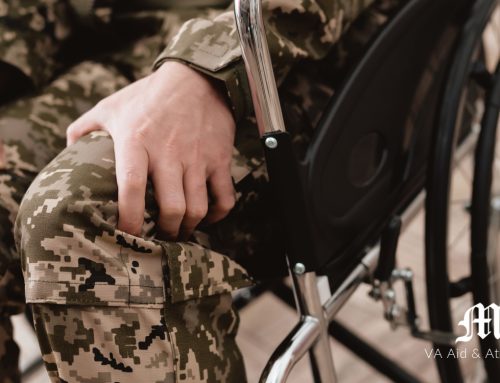Aid and Attendance Benefits | Rule Changes Affecting Eligibility for VA’s Aid and Attendance Benefits
Aid and Attendance Benefits | In October, the Department of Veterans Affairs began enforcing new rules regarding the Aid and Attendance benefit. This benefit provides eligible veterans or their surviving spouses with financial assistance each month to pay for care at home or at a care facility.
The following list is meant to highlight several of the changes and should not be considered a complete look at the new rules. Always consult a VA-accredited attorney who handles elder law issues and is up-to-date on the VA benefits.
– In determining eligibility, the VA now sets a limit for net worth, which includes income and assets. In the past, the claimant’s (and the claimant spouse’s) income and assets were the only ones considered. The new rules now count the income and assets of any others (adult child, for example) living in the primary residence.
- Previously the claimant’s car and home were excluded from any assets calculations. That mostly remains true, except if the claimant’s home is on a property that exceeds 2 acres. The VA’s worry is that the claimant could subdivide the property to increase their assets.
One of the most significant differences is that the VA will conduct a 36-month look-back period. So if the claimant transfers assets within the look-back time period, the VA will consider whether the transfer was for fair market value or not. Annuities and trusts will fall under the same scrutiny. However, there are exceptions that may apply.
Again, this should not be considered an all-inclusive list of the changes. Talk to an attorney skilled in elder law and the VA benefits process. He or she can determine the best strategy for becoming qualified.





